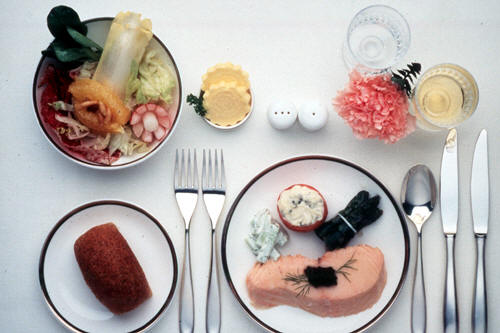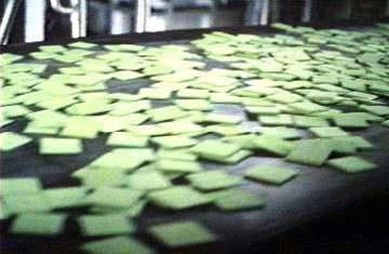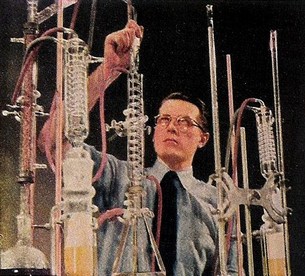Tales of Future Past v2
Main menu
- Home Page
-
Life on Other Worlds
- Life on Other Worlds
- Life on the Planets
- Life on the Moons
- Tales of the Stars
-
Future Living
- Future Living
- Life in 2000 AD
- Leisure
- Shopping
- Drive-In Market
- Cosmetics
- Laundry
- Strikerette
- School: 1999
- Optionics
- Life in 2055
- Future Movies
- Sensorama
- Scopitone
- Radio Pirates
- Weather Control
- Automatic Lumberjack
- Cold Light
- Eternal Youth
- Cryonics
- Suspended Animation
- Space Funeral
- Space Holidays
- Trapped by Television
- Robot Dogs
- Churchill: 1982
- Future House
- Future Kitchen
- Future Food
- Future Work
-
Future City
- Future City
- Skyscraper World
- Tomorrow's Skyline
- Urban Utopias
- World's Fair City
-
Future Transport
- Future Transport
- Rollerball
- Hydrofoil
- Tourism
- Future Liner
- Monorail
- Garden Rail
- Propeller Rail
- Water Rail
- Rocket Trains
- Radio Trains
- Rocket Mail
- Jet Boat
- Desert Liner
- Huge Truck
- Channel Tunnel
- Iron Whale
- Sea Slug
- Sea Slug 2
- Hovercraft
- Ice Field
- Rocket Port
- Vacuum Trains
- Transatlantic Tunnel
- Future Lift
- Travel: 1928
- Concrete Liner
- Teleportation
- Future Car
- Death Rays
Future Food

Future Food: supersonic dinner ala Concorde
Want to see a predication fly clean over the mark, veer to the left and auger into a stone wall? Then consider the case for future food. Look at any of the prognostications about what the Dinner of Tomorrow would be like and you'd probably find something on the order of a Soylent Green factory. Whether the raw material was people, soy, or chemicals, the end product was something that looked suspiciously like old floppiy discs and tasted about the same.

Soylent Green is... preferable to what they stick in doner kebabs
Granted, there are any number of microwave meals that are indistinguishable from the packaging, but that's the fault of convenience rather than necessity and it's equally possible to get a meal that's more like the dinner above that used to be served aboard Concorde. In fact, if you walk into any supermarket you'll see something that just about everyone missed -
This is ammazing because the one thing that both the optimists and pessimists of Future Past agreed on in the area of food was that the exploding population of the Earth would mean that even in the wealthiest countries people would be relying on synthetic foods for most of their calories. I mean, once the United States reached a population of 200 million what choice would they have but to make steaks out of coal tar?
No one imagined that the 21st century would be a time when obesity would be a major public health issue, food shortages would be more a matter of corrupt governments instead of absolute shortages, or that the average shopper in industrialised nations would be faced with sixteen varieties of apples to select from year 'round.
For the citizen of Future Past, however, synthetics and technofood would be everywhere. Even that wild techno-

Science!
What few people realised was that even though synthetics would show up by the second half of the 20th century they would never replace bread, or even nachos, as the staff of life. Far from being a substitute for ordinary foods, synthetics are usually too expensive for a steady diet, but they have found their niche on the market as supplements, diet foods, and as an ingredient in that weird field known as "food engineering" that manipulates foodstuffs as if they were plastics to produce snacks that taste like plastic. They have also found their place, oddly enough, by acting as substitutes, not for the dinner table, but for industrial materials such as making soaps that perfectly good food was once used for instead of feeding people.
But what really sailed over everyone's head was the rise of fast food in a world of drive-
One prediction that, thankfully, never came to pass was Gernsback's restaurant of the future, where old fashioned cuisine is replaced by "scientific" food. Gernsback seemed to have the idea that the healthiest of food is that which has been pureed and liquefied for easy digestion, so his future eatery is notable for a lack of plates and cutlery. Instead the patrons stick tubes in their mouths and have liquid entrees squirted down their throats. Hopefully with minimum drowning.
Yes, it's the All Soup Restaurant. No chewing needed.